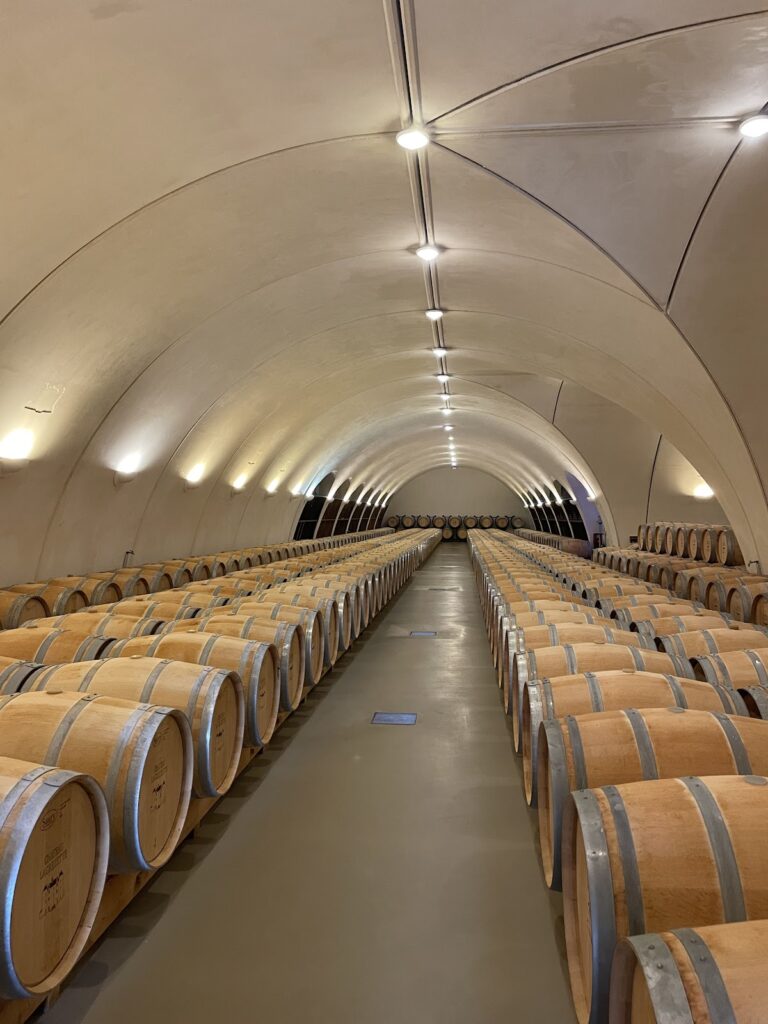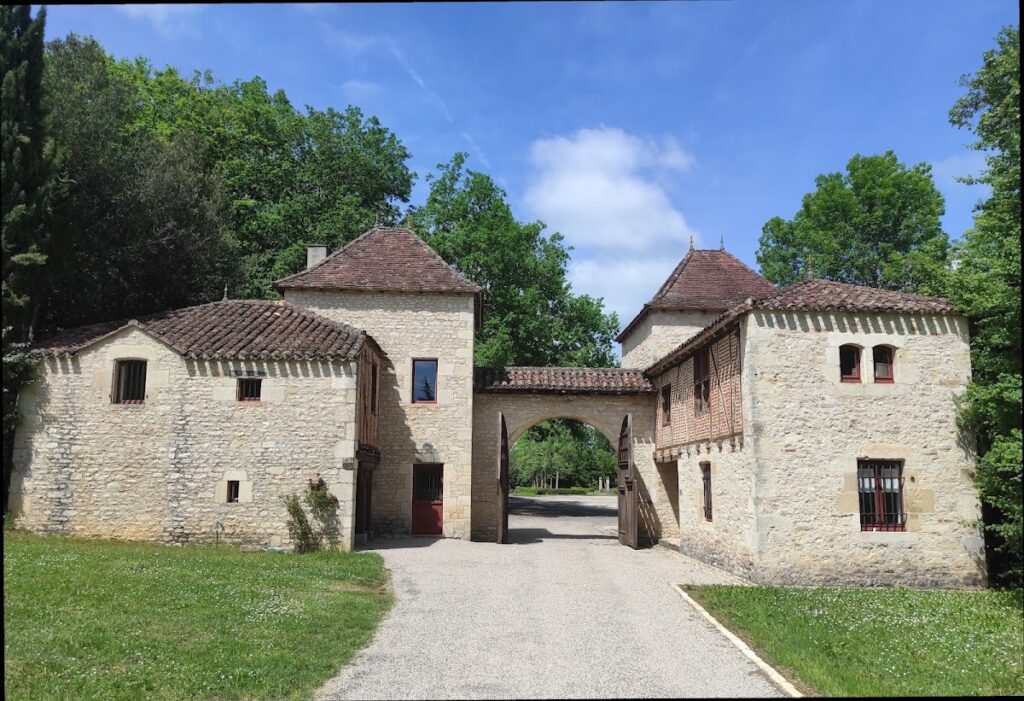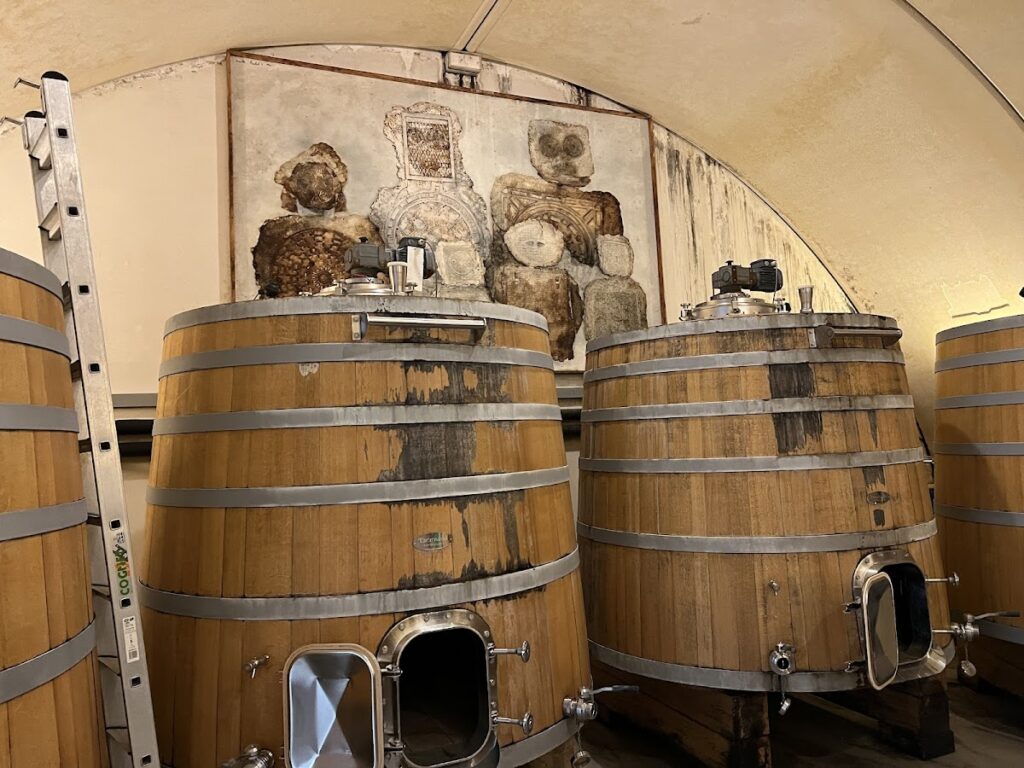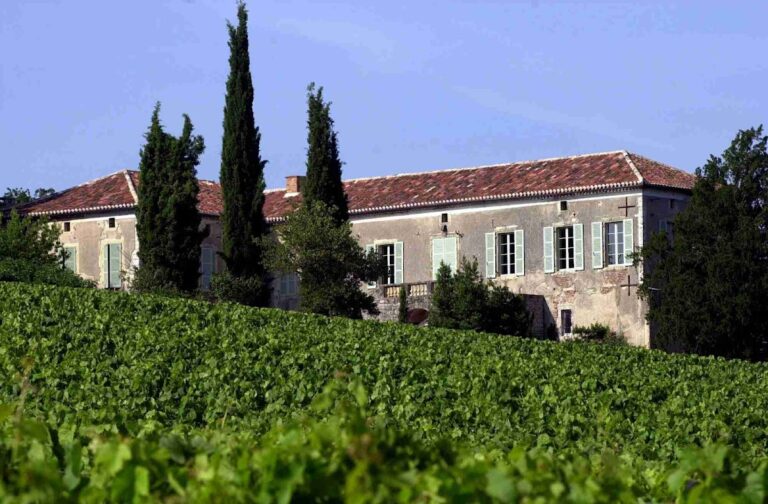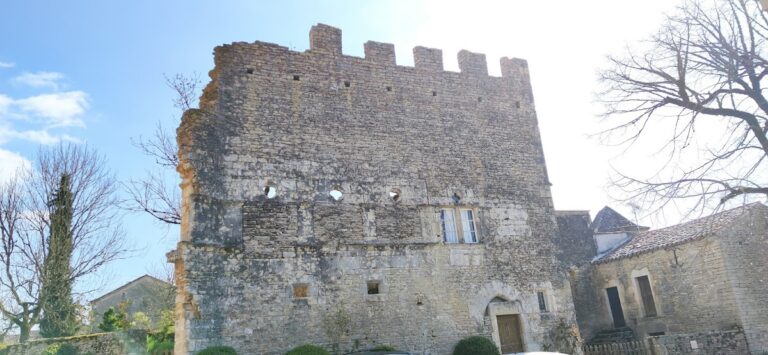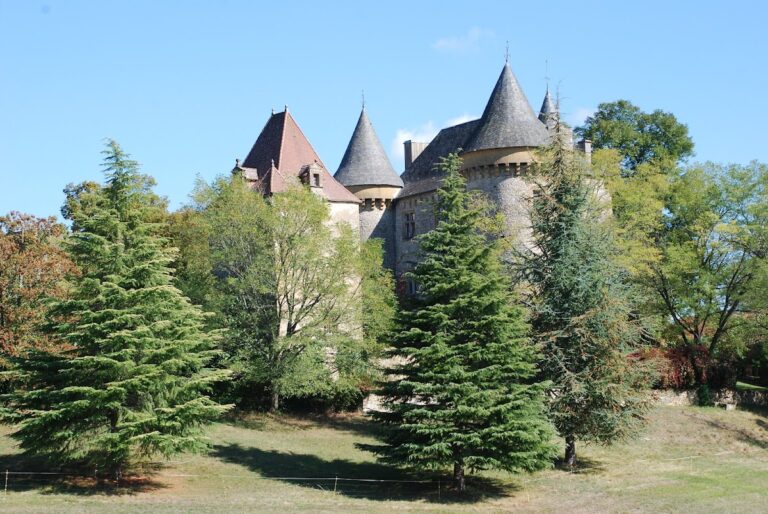Château Lagrézette: A Historic French Estate and Vineyard
Visitor Information
Google Rating: 4.6
Popularity: Low
Google Maps: View on Google Maps
Official Website: www.chateau-lagrezette.com
Country: France
Civilization: Unclassified
Remains: Military
History
Château Lagrézette stands in the commune of Caillac in present-day France. The estate occupies a site overlooking the Lot river and traces its origins to the medieval and Renaissance periods under French civilization. Its history reflects centuries of local noble ownership and evolving architectural and cultural significance.
The location originally featured a fortified house dating back to the 12th century, occupying a strategic position on a limestone scree known locally as the “petite grèze.” Soon after, the surrounding vineyards were already recognized in the 7th century for the quality of their grapes, establishing an early tradition of viticulture on the site.
In the 16th century, Pierre de Massault fulfilled his father Adhémar’s wish to build a grand residence on this elevated terrain above the river. The château was named La Grézette by Pierre’s daughter Marguerite de Massault, who inherited the property and married Pierre de Maffre de Camburat in 1503, linking the estate to prominent local families. Over the centuries, ownership passed through several notable lineages including the Malegat, Lebrun, Belcastel, Malartic, and Ambert families.
Among the distinguished owners was General Jean-Jacques Ambert (1765–1851), who rose to a division general during the French Revolution. The château saw personal significance during his tenure as his son Joachim Ambert, later a military and political figure, was born there in 1804. This period reflects the château’s role not only as a noble residence but also as a site connected to national events.
Later custodianship included Jules Duverger, a merchant from Cahors involved in Asian trade during the late 19th century until World War I. Subsequently, the château belonged to Count Jean-Roger Alexandre, also known as Axel de Barde, until 1934, followed by Madame Roux-Marcé and finally the Chevalier family around the start of World War II. During much of the 20th century, especially from the 1930s onward, the estate gradually declined.
In 1980, Alain-Dominique Perrin acquired Château Lagrézette and began an extensive restoration lasting twelve years, revitalizing the property and preserving its heritage. Recognizing its historical and architectural value, the château was officially designated a Monument historique in 1982. In recent decades, it has also become a cultural venue, hosting artists and figures connected to Perrin’s Fondation Cartier pour l’Art Contemporain, with notable visitors including British Prime Minister Tony Blair in 2002.
Remains
Château Lagrézette is built as a fortified residence strategically positioned on a limestone scree overlooking the Lot river, integrating the natural slope into its defensive and aesthetic layout. The main structure consists of a central building flanked by two rounded towers, combining the solid, defensive qualities of medieval construction with decorative elements drawn from Renaissance styles.
Key historic elements protected as monuments include not only the château building itself but also interior features such as the staircase, the dining room, the chapel, and sculpted fireplaces located on the first and second floors. These fireplaces display Renaissance-style artistry, reflecting the period of significant development during the 16th century. Outside the main residence, a dovecote associated with the estate is also recognized for its heritage value.
The vineyards encircling the château cover about 60 hectares and are planted on soils composed of limy clay and gravel resting above Kimmeridgian limestone, a geological formation dating back over 150 million years. These vineyards are located on the second and third river terraces and experience a continental climate suitable for grape cultivation.
In the realm of winemaking infrastructure, a modern underground wine cellar, or chai, was constructed in 1992 and underwent renovation in 2011. This cellar features three levels designed to utilize gravity in processing the grapes. The highest level is used for hand harvesting and sorting the grapes. On the middle level, the grapes are destemmed and fermented separately according to each parcel of land, which allows for careful control of wine production. The lowest level houses barrels where the wine ages, completing the crafting process without requiring pumps or mechanical lifting.
Overall, the remains at Château Lagrézette demonstrate a layered history from medieval fortification through Renaissance adaptation to modern viticultural practice, all preserved within a landscape that has fostered continuous wine production for over a millennium.
